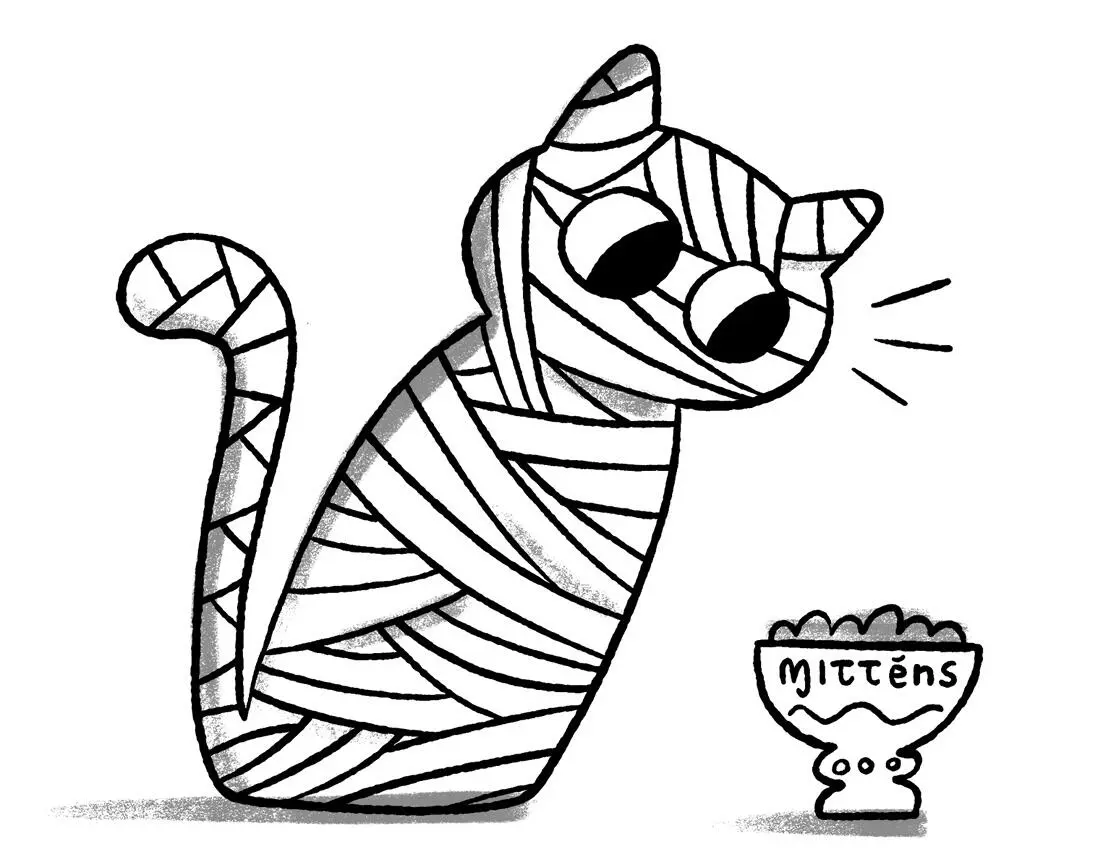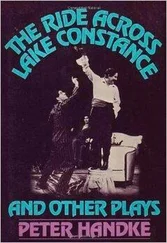On the western outskirts of Plymouth lies the little seaside town of St Havet. It has a striped lighthouse, a rocky foreshore and a few red cliffs, which fossil-hunters say are a goldmine of echinoids and ammonites.
The town’s pretty high street has the tang of salt in its nostrils, and several old-fashioned shops line the cobbled roadway: a haberdashery, a fishmonger’s where the gulls circle, and a greengrocer’s. There is a friendly pub, The Lion and Lobster, and a charming tearoom – Marianne’s – famous for its homemade clotted cream and giant scones. The tearoom boasts lace tablecloths, an excitement of doilies, and those things that look like three flying saucers on a stick, which they put cakes on at teatime. On the walls hang faded photographs of the skiffs of Worlock’s Hole.
One afternoon, not long ago, the bell on the door of Marianne’s tearoom tinkled brightly. A young man walked in and sat down in the sunshine by the window. He was the only customer. Daisy, the waitress, daughter of the late Marianne, and now sole owner of the establishment, greeted him with a warm smile.
After consulting the dainty menu for a minute the man caught her eye again. She approached the table and asked him what he would like. ‘One of your famous cream teas, please,’ he said.
Daisy wrote this down carefully in her notebook and bustled off to the kitchen, emerging in due course with a steaming brown teapot, and a blue cup and saucer from a different tea service. She handed her customer his pot of tea and retired again to the kitchen. After a minute she was back, staggering under a tray laden with two scones the size of half-bricks, half a pint of strawberry jam in a pretty bowl with a silver spoon, and a saucer piled high with yellow clotted cream.
With an air of great deliberation, the man removed the scones from the plate and, using the spoon, distributed exactly twelve dollops of cream around the circumference of the plate. He carefully placed a dollop of jam between each blob of cream. In the centre of the plate he placed a scone, which he carefully cut into four pieces, before slicing the second scone in half and putting it on the plate. He poured himself a cup of tea and painstakingly dunked the small pieces of quartered scone in the tea before eating them, one after the other. He dipped the two halves of the remaining scone in the jam, and then in the cream, going around the plate like a clock face, but he took care not to dunk them in his tea.
Daisy had been watching the man carefully and she approached the table. ‘So, Sir,’ she said, ‘I see you are a sailor.’
The problem
How did Daisy know that her customer with the curious eating habits was a sailor?
Tap here for the solution.
The Wishing Cup of Keriput

The mystery
Sir Humphrey Bumfreigh (1873–1979) was an Egyptologist and explorer who became famous around the world for his discovery in 1922 of the desert tomb of King Orang Tua Keriput.
His adventure began in 1913, when the wealthy aristocrat Lord Elpus employed Bumfreigh to supervise his ambitious efforts to find the Keriput tomb, whose whereabouts had until that time eluded archaeologists. They began excavations in the Valley of the Wasps on the east bank of the Nile, near Thebes (modern-day Luxor). But in January 1921, after eight expensive years of finding nothing but quite a lot of sand, Bumfreigh was told by Lord Elpus that he had one last chance to discover the lost tomb before he turned off the money tap at the end of the year.
It looked hopeless, but on 6 December 1921 Humphrey Bumfreigh made the find of his life. While scraping dispiritedly around the bottom of an old wall, he uncovered four large stone steps. Some hieroglyphs on the steps suggested to him that this was the top of a staircase leading down to King Keriput’s tomb.
Bumfreigh immediately sent Lord Elpus an excited wire begging him to come, and on 11 January 1922, with Elpus at his elbow, and using a knife that his grandmother had given him for his sixteenth birthday, Bumfreigh made ‘a bit of a hole up near the top of this old door’, and was able to peek into the room behind. By the light of a flickering candle he could see gold and ebony artefacts which had been placed there before the time of Jesus, and which he was the first man to see for more than 2,000 years.
The tomb proved to be more spectacular even than King Tut’s, and over the next few years thousands of objects were cleared and many were sold off to collectors and museums. The Egyptian locals warned of ‘the curse of the pharaohs’, which would, they claimed, be visited at once upon violators of the tomb. But Humphrey Bumfreigh’s death in 1979, from a seizure brought on by kissing one of his team of nurses at the age of 106, seemed not to bear this out.
Perhaps the most mysterious of the Keriput finds was discovered in the sand in front of the steps to the tomb. More modern than the ancient relics, it was a plain ceramic pot, which the press dubbed the Wishing Cup of Keriput. Around its rim it bore a mysterious Latin-looking inscription that read: ITI SAPIS SPOTANDA BIGO NÉ. Neither Sir Humphrey Bumfreigh, Lord Elpus, nor anybody else could make anything of it, and the great explorer went to his death not knowing what it meant.
The problem
Can you decipher the mysterious inscription around the top of the Wishing Cup of Keriput?
Tap here for the solution.
The mystery
Known as the ‘Big Freeze’, the winter of 1962/63 was one of the coldest and longest British winters ever documented. December had started foggy and London was in the middle of what would turn out to be its last pea-souper. Halfway through the month a cold snap brought snow, causing people to ready themselves for a white Christmas. They began in earnest to shop for presents.
It continued bitterly cold for the rest of Advent and over the Christmas holiday. Persistently heavy snow fell on Boxing Day and into the following day, as delighted children threw snowballs at their guffawing uncles.
By the end of the month a savage blizzard was sweeping across the country. Freezing gales sculpted the snow into twenty-foot drifts, blocking roads and burying steam trains up to their shoulders.
Wythenshawe in Cheshire was particularly badly hit, and it was here, on 20 January, that the papers reported a disturbing occurrence that had diverted the authorities from their road-clearing, burst-pipe-repairing and train-excavating duties.
Imagine the scene: the body of a man, dressed in a heavy coat over layers of clothing, has been spotted in the middle of a snow-covered field by some children coming home from school for their lunch. One of them, Charlie Shaver, braver perhaps than the rest, crosses the field to look at the body. The man’s face has been blasted away by something like a sawn-off shotgun, a weapon typical in country post office robberies around these parts. He is on his back in the snow, which is stained pink with his blood. There is no sign of a weapon.
Charlie races to the other side of the field and knocks on the door of his auntie, Ada Ferribridge. Ada, who had heard a single gunshot ring out about twenty minutes earlier, at once calls the police, who, keen to get away from shovelling their station forecourt, arrive at the scene with a good deal of important fuss.
They immediately recognise the body as that of local charmer and ladies’ man Raymond Trethewey. His manicured nails and fancy tattoo are known to all the regulars in the pub. Photographs are taken and the body is removed.
Читать дальше













